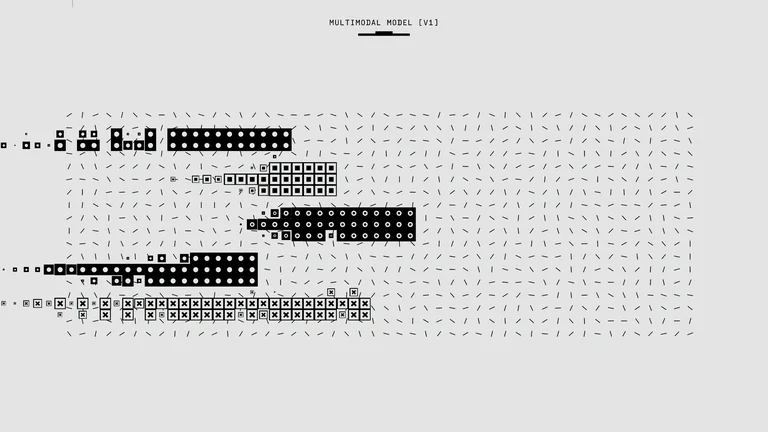Understanding Home Equity Loans

Home equity loans allow homeowners to borrow against the equity they have built up in their property. Equity refers to the difference between what the home is worth and what the homeowner owes on it. This type of loan provides a lump-sum amount to be repaid over a set period, much like a traditional mortgage. Home equity loans typically have fixed interest rates, which means that the monthly payments remain consistent throughout the term of the loan.
The primary use of home equity loans often includes home improvements, debt consolidation, or covering other large expenses. Homeowners should be aware that borrowing against their home equity can increase their financial risk, as failure to repay can lead to foreclosure.
What Are Home Equity Lines of Credit?
A home equity line of credit, or HELOC, differs from a home equity loan. It functions more like a credit card, providing a revolving line of credit secured by the homeowner's property. Borrowers can draw from this line as needed, paying back only what they use, plus interest over time. HELOCs often come with variable interest rates, which can change based on market conditions.
This type of financing is ideal for ongoing expenses, such as education costs or gradual home renovations, rather than initial lump-sum purposes. Borrowers appreciate flexibility, allowing them to access funds when required while only incurring interest on the drawn amount.
Key Differences Between Loans and Lines of Credit
While both home equity loans and HELOCs utilize home equity, they have distinct differences. Home equity loans are preferred for one-time expenses due to their fixed interest rates. On the other hand, HELOCs provide the benefit of flexible borrowing and repayments, accommodating varying financial needs over time.
Additionally, home equity loans generally feature longer repayment terms, while HELOCs allow for interest-only payments during the initial draw period, which can begin to increase the total repayment amount if not managed carefully.
The Benefits and Risks of Home Equity Financing
One major benefit of home equity financing is that it typically offers lower interest rates compared to unsecured loans or credit cards. This makes it an attractive option for homeowners looking to finance large projects. Furthermore, any interest paid on home equity loans or HELOCs may be tax-deductible, subject to current tax laws.
However, the risks should not be overlooked. Borrowing against home equity means putting the home at risk, as failure to repay can lead to foreclosure. Additionally, fluctuations in the housing market may affect how much equity a homeowner can access, potentially locking them out of their investment if property values decline.
How to Qualify for Home Equity Financing
Qualifying for home equity loans or lines of credit typically requires meeting a few criteria. Lenders often look at the homeowner's credit score, income level, and overall debt-to-income ratio. Additionally, most lenders prefer that borrowers maintain at least 15-20% equity in their homes.
Potential borrowers should also gather necessary documentation, including proof of income, recent tax returns, and existing mortgage statements, to streamline the application process. Understanding the lender’s requirements beforehand can help homeowners prepare better and increase their chances of securing favorable terms.
| Aspect | Home Equity Loan | Home Equity Line of Credit (HELOC) |
|---|---|---|
| Structure | Lump-sum payment | Revolving credit |
| Interest Rates | Fixed | Variable |
| Use | One-time expenses | Ongoing expenses |
| Repayment Period | Longer, fixed | Flexible, with interest only |
| Risk | Potential foreclosure | Potential foreclosure |
FAQ - Home Equity Loans and Lines of Credit
What is the main purpose of a home equity loan?
The main purpose of a home equity loan is to allow homeowners to borrow against their property equity, typically for large expenses like home renovations or debt consolidation.
How does a HELOC work?
A HELOC functions as a revolving line of credit secured against home equity, allowing homeowners to draw funds as needed, paying interest only on the amount used.
What are the risks associated with home equity loans?
Risks include the potential loss of the home due to foreclosure if repayments are not met and the possibility of owing more than the home is worth during market downturns.
Can I use a home equity loan for education costs?
Yes, many homeowners choose to use home equity loans or HELOCs to finance educational expenses due to lower interest rates compared to other loans.
What factors affect my eligibility for home equity financing?
Eligibility often depends on credit score, income stability, debt-to-income ratio, and maintaining a certain percentage of equity in the home.
Home equity loans and lines of credit allow homeowners to access funds based on their property equity. Loans provide a fixed sum with set payments, while lines of credit offer flexible borrowing. Both options have distinct benefits and risks, making them suitable for various financial needs.
Conclusão sobre Home Equity Loans and Lines of Credit.